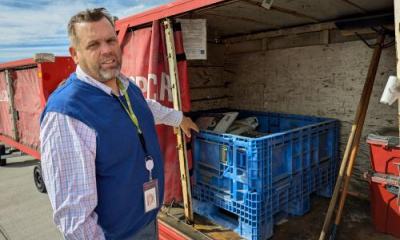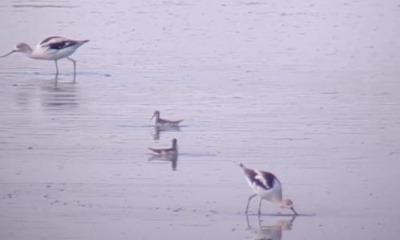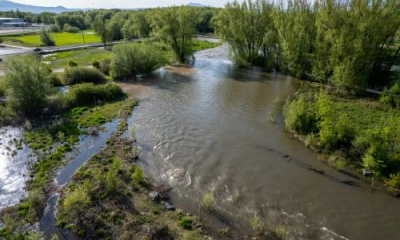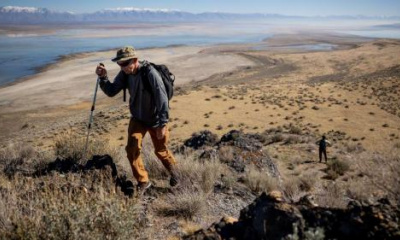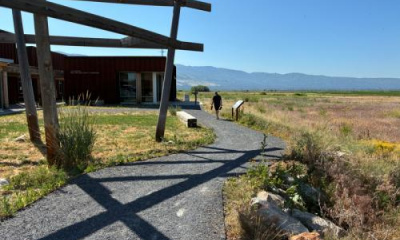SALT LAKE CITY— The public got a better look at what the Utah Inland Port Authority is doing to preserve the Great Salt Lake.
The organization, that has been criticized over its plans to develop thousands of acres surrounding the lake, is now showing KSL TV what it’s doing to protect it.
The Utah Inland Port Authority said its goal is to balance development and preservation of the Great Salt Lake wetlands, and this begins in the dryer lands surrounding the lake, called playas.
“We want to protect wetlands, we want to protect playas, we want to protect any part of this ecosystem,” Ben Hart, the Utah Inland Port Authority executive director said.
On Friday, the port authority partnered with the Utah Waterfowl Association to show the media the buffer zones around the lake and neighboring habitats for freshwater fowl, which they said are crucial for the lake’s survival.
That’s why the Port is committing $2.5 million of taxpayer money from counties surrounding the lake to ensure land purchased for business development will preserve these buffer zones.
“We feel like it’s our mission and our responsibility to protect these areas,” Hart said.
The buffer lands used to extend as far south as Murray, but now only hundreds of acres on the south shores remain. If the buffer lands disappear, the lake and its ecosystem will be threatened, and experts say it’s already on life support.
“If you have development up to the margins of these wetland areas, and the areas completely surrounding them, then the wetland areas become as lifeless as a diorama in a museum,” said Jack Ray, the Utah Waterfowl Association president.
Those suing the Port over its development plans said the $2.5 million investment isn’t enough to offset the harm that bringing the industry closer to the shores will cause.
“It does not make up for the fact that they are actively, as we’re speaking here today, working to fast-track development that will destroy Great Salt Lake wetlands,” said Deeda Seed, Center for Biological Diversity.
While the port authority agrees such concerns are valid, it said the plans will balance the needs of our growing population and the safety of the lake.
“We understand not everyone is going to like development around the lake, but if we can do it in the right ways, we can create a better scenario for future generations,” Hart said.
A scenario that starts before you reach the lake’s shores.
The Utah Inland Port Authority said it will authorize its $2.5 million investment in preserving the wetlands at its board meeting in November and plans to add an additional $20 million over the next 25 years.



